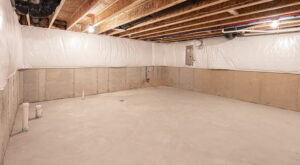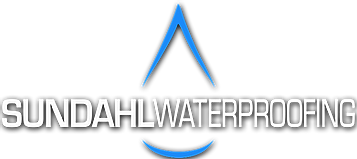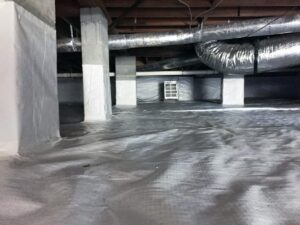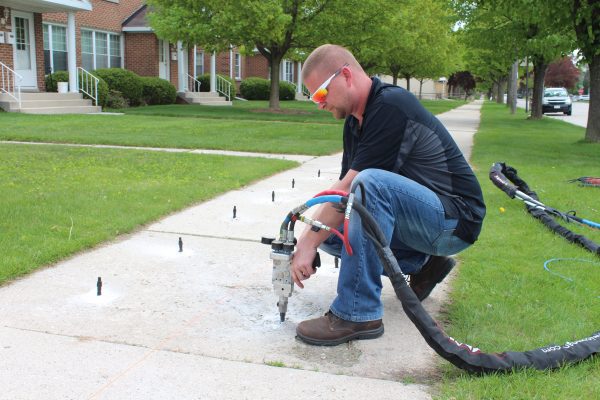Exploring the Most Popular Basement Waterproofing Methods
A dry and water-free basement is essential for the structural integrity and overall health of your home. Basements are notorious for being prone to water infiltration due to their subterranean location, and this can lead to various problems, from mold and mildew growth to structural damage. Fortunately, there are several basement waterproofing methods available to keep your basement dry and protected. In this article, we will explore some of the most popular basement waterproofing methods, their advantages, and when to use them.
1. Exterior Basement Waterproofing
Exterior basement waterproofing is an effective method to prevent water from entering your basement from the outside. It typically involves excavating the soil around the foundation and applying various waterproofing materials.
Foundation Waterproofing Membranes
One of the primary components of exterior waterproofing is the use of foundation waterproofing membranes. These are made of asphalt-modified bitumen, plastic, or rubber and are applied to the exterior of the foundation walls. These membranes create a barrier against water infiltration, preventing moisture from reaching the foundation.
Advantages:
- Excellent long-term protection.
- Prevents water from coming into contact with the foundation walls.
- Suitable for both new construction and retrofits.
French Drains
French drains are a fundamental part of exterior waterproofing systems. They are perforated pipes surrounded by gravel or other drainage materials and are installed around the perimeter of the foundation. French drains collect and redirect water away from the foundation, preventing it from seeping into the basement.
Advantages:
- Effective at diverting groundwater away from the foundation.
- Low maintenance.
- Ideal for areas with high water tables.
Exterior waterproofing coatings are applied directly to the exterior surface of the foundation walls. These coatings create a protective barrier, preventing water from penetrating the foundation.
Advantages:
- Cost-effective solution.
- Ideal for minor seepage issues.
- Easy to apply.
When to Use Exterior Waterproofing:
- When you’re constructing a new home or building.
- For severe water infiltration problems.
- As part of a comprehensive waterproofing strategy.
2. Interior Basement Waterproofing
Interior basement waterproofing is designed to manage and control water that has already entered the basement. It typically involves drainage systems and moisture-resistant wall treatments.
Interior Drainage Systems
Interior drainage systems are installed below the basement floor and around the perimeter of the interior foundation walls. They include a network of pipes that collect and redirect water to a sump pit, where a sump pump removes it from the basement.
Advantages:
- Effectively manages water that has already entered the basement.
- Minimally invasive installation.
- Can be used in conjunction with other waterproofing methods.
Sump Pumps
Sump pumps are a crucial component of interior basement waterproofing systems. They are installed in a sump pit and are responsible for removing collected water from the basement through a discharge pipe.
Advantages:
- Efficient at removing water from the basement.
- Works well in conjunction with interior drainage systems.
- Offers automatic operation to prevent flooding.
Interior Waterproofing Coatings
Interior waterproofing coatings, often referred to as basement sealers or waterproof paints, are applied directly to the interior surfaces of the basement walls. These coatings create a barrier that prevents moisture from penetrating the walls.
Advantages:
- Cost-effective solution for minor seepage issues.
- Easy to apply as a DIY project.
- Improves the appearance of the basement walls.
When to Use Interior Waterproofing:
- When exterior waterproofing is not feasible or cost-prohibitive.
- For managing minor seepage issues.
- As part of a comprehensive waterproofing strategy that includes other methods.
3. Crawl Space Encapsulation
Crawl space encapsulation is a method specifically designed to address moisture and water infiltration in crawl spaces. Crawl spaces are often overlooked but can contribute to indoor air quality issues and damage to the home’s structure if not properly maintained.
Vapor Barriers
Crawl space encapsulation involves the installation of vapor barriers, typically made of plastic, across the floor and walls of the crawl space. These barriers create an airtight seal, preventing moisture and water vapor from entering the space.
Advantages:
- Effective at controlling moisture and preventing mold growth.
- Improves indoor air quality.
- Can contribute to energy efficiency.
When to Use Crawl Space Encapsulation:
- If you have a crawl space with moisture problems.
- To improve indoor air quality.
- As part of a comprehensive home moisture control strategy.
4. Basement Wall Panels
Basement wall panels are designed to both waterproof and enhance the aesthetics of basement walls. They provide a barrier against moisture while also creating a more finished and appealing look for the space.
Rigid Foam Insulation Panels
Rigid foam insulation panels are installed directly on the interior walls of the basement. These panels not only provide insulation but also create a moisture-resistant barrier.
Advantages:
- Provides insulation in addition to waterproofing.
- Enhances the appearance of the basement.
- Can be used in combination with other waterproofing methods.
When to Use Basement Wall Panels:
- When you want to improve the appearance of your basement.
- As an additional layer of protection in conjunction with other waterproofing methods.
5. Crack Injection
Basement wall cracks, whether in poured concrete or masonry walls, can be a significant entry point for water. Crack injection is a method that involves filling these cracks with waterproof materials to prevent further seepage.
Epoxy or Polyurethane Injection
Epoxy or polyurethane injection involves injecting a specialized sealant into the cracks to create a watertight seal. This method is highly effective in preventing further water infiltration through existing cracks.
Advantages:
- Suitable for both small and large cracks.
- Provides a permanent solution.
- Prevents further structural damage.
When to Use Crack Injection:
- When you have identified visible cracks in your basement walls.
- As a preventive measure to address minor cracks before they become larger issues.
- In combination with other waterproofing methods for comprehensive protection.

Basement waterproofing is a crucial aspect of maintaining a healthy and structurally sound home. The choice of the most suitable method depends on various factors, including the severity of water infiltration, your budget, and the specific needs of your basement. Consulting with a professional waterproofing expert can help you determine the best strategy for your situation, ensuring that your basement remains dry, mold-free, and free from structural damage. By choosing the right basement waterproofing method, you can enjoy a safer, more comfortable, and more valuable home for years to come.
Contact the Professionals at Sundahl Waterproofing Today! (914) 834 9212
Sundahl Waterproofing is proudly powered by WordPress


